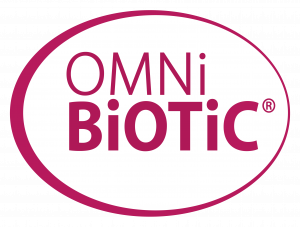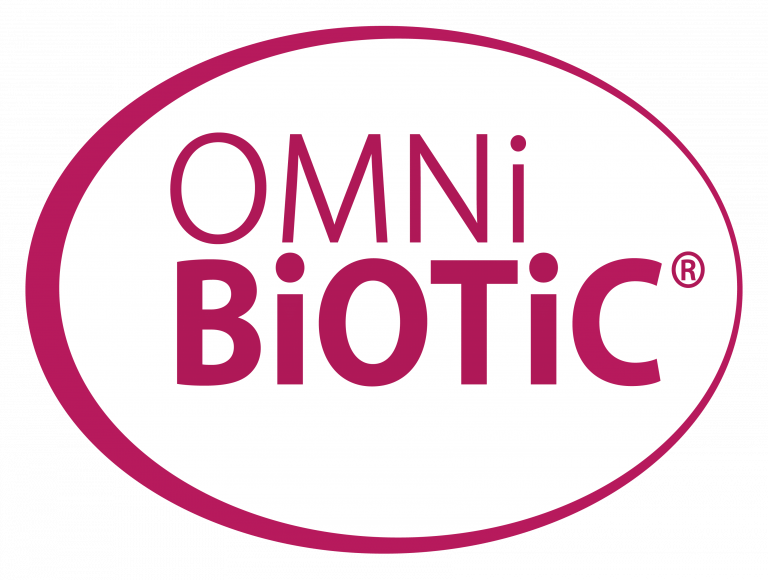As an effective activator of autophagy, a renewal process of the cells, spermidine is considered a “fountain of youth”. The micronutrient, which chemically belongs to the polyamines, is produced in the body by intestinal bacteria. In addition, spermidine can also be absorbed through food. Studies show that the effect of externally supplied spermidine and spermidine from the body’s own microbiome complement each other.
What is spermidine?
This micronutrient belongs chemically to the polyamines. Spermidine is considered an effective activator of so-called autophagy. This is a recycling process within cells that leads to old cells renewing themselves and thus their activity can be restored [1]. Recent studies support this notion and show that increased intake of this polyamine via a spermidine-rich diet reduces all-cause mortality associated with cardiovascular disease.

Where does spermidine come from?
Besides the body’s own production of spermidine, spermidine-rich foods and the gut microbiome are considered the most important sources. Polyamines like spermidine can be found in all kinds of food in a wide range of concentrations. A well-known plant source is wheat germ.
Currently, there are no official recommendations for the daily intake of spermidine, but clinical studies suggest that 1-6 mg per day is an optimal supplement [2]. With increasing age, the body produces less and less spermidine [3], which is why it makes sense to take it as a food supplement.
How does spermidine benefit the body? Is spermidine anti-aging?
Spermidine taken in with food or food supplements is quickly absorbed in the intestine, so that the majority of the polyamines have already disappeared from the inside of the intestine shortly after a meal. The molecular mechanism, i.e. the exact way in which externally supplied polyamines are absorbed from the intestine into the blood, has not yet been definitively clarified. It is assumed that they enter the body by passive diffusion from the first section of the small intestine, the duodenum.
Alternative approaches assume that polyamines are taken up by various epithelial cells of the intestinal mucosa through a strictly regulated active transport process [4] or that the uptake takes place through a so-called endocytosis – i.e. by invagination of the cell membrane region to which the spermidine has attached. These approaches suggest that cell-specific mechanisms are involved in the uptake of spermidine into the body, which still need to be described in more detail.
Gut bacteria are important spermidine producers

What’s the connection between your gut health and spermidine? Spermidine, which is produced by intestinal bacteria, is also absorbed into the body at the same site. Cellular mechanisms of the microbiome regulate the production of the polyamine [5]. Spermidine produced from intestinal bacteria, which triggers autophagy, was able to reduce the risk of cardiovascular disease in mice in a series of experiments.
These beneficial bacteria can increase the production of putrescine, a spermidine precursor, in the gut. Also, a study showed that people who ate yoghurt with polyamine-producing microbes showed an improvement in their endothelial function (note: the endothelium is the cell layer on the inner surface of blood and lymph vessels). The authors conclude that eating polyamine-producing bacteria reduces the risk of atherosclerosis [1].
Mice that consumed spermidine-enriched food showed significantly reduced signs of ageing in the group with the highest concentration [6].
Other mice were treated with probiotic bacteria capable of producing polyamines. The supply of polyamines from the added intestinal bacteria led to a significant decrease in signs of chronic inflammation and at the same time also to a significant prolongation of the animals’ lives [7].
Sources:
[1] Matsumoto, Mitsuharu et al. “Endothelial Function is improved by Inducing Microbial Polyamine Production in the Gut: A Randomized Placebo-Controlled Trial.” Nutrients vol. 11,5 1188. 27 May. 2019, doi:10.3390/nu11051188
[2] Schwarz, Claudia et al. “Safety and tolerability of spermidine supplementation in mice and older adults with subjective cognitive decline.” Aging vol. 10,1 (2018): 19-33. doi:10.18632/aging.101354
[3] Muñoz-Esparza, Latorre-Moratalla et al. “ Polyamines in Food” Frontiers in Nutrition vol. 6 (2019): 108. doi:10.3389/fnut.2019.00108
[4] Milovic, V. “Polyamines in the gut lumen: bioavailability and biodistribution.” European journal of gastroenterology & hepatology vol. 13,9 (2001): 1021-5. doi:10.1097/00042737-200109000-00004
[5] Thomas, T, and T J Thomas. “Polyamines in cell growth and cell death: molecular mechanisms and therapeutic applications.” Cellular and molecular life sciences : CMLS vol. 58,2 (2001): 244-58. doi:10.1007/PL00000852
[6] Soda, Kuniyasu et al. “Polyamine-rich food decreases age-associated pathology and mortality in aged mice.” Experimental gerontology vol. 44,11 (2009): 727-32. doi:10.1016/j.exger.2009.08.013
[7] Matsumoto, Mitsuharu et al. “Longevity in mice is promoted by probiotic-induced suppression of colonic senescence dependent on upregulation of gut bacterial polyamine production.” PloS one vol. 6,8 (2011): e23652. doi:10.1371/journal.pone.0023652



























